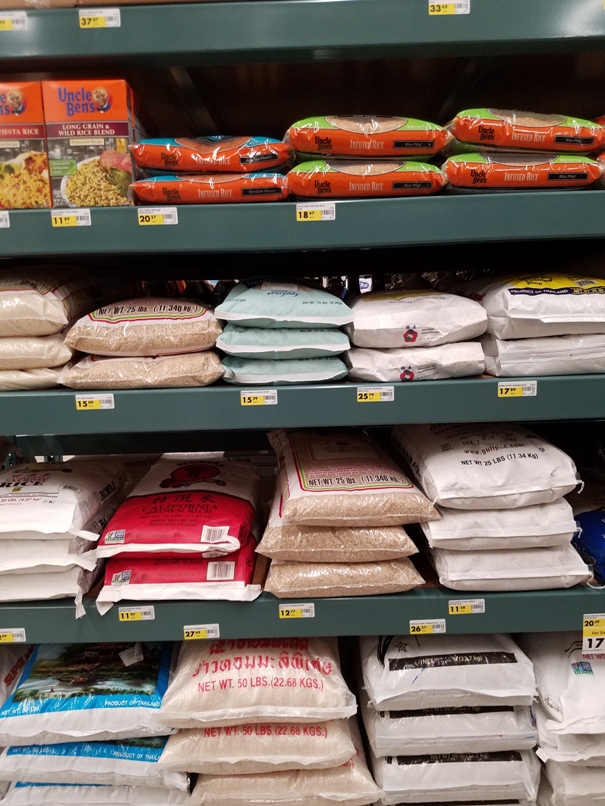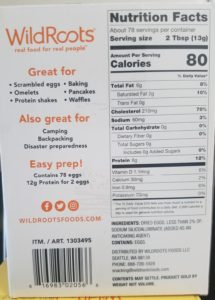There are a lot of reasons to zip your lip about your secret life as a survivalist. I won’t enumerate them all because if you’re reading this you’ve already figured most of them out. However, there are some advantages to having a few trusted fellow survivalists know about your interest – case in point: I got a text message early in the morning from someone I know advising me that the local restaurant supply store had 50# sacks of long grain rice in stock.
I’d have missed that opportunity if someone I knew hadn’t kept an eye open on my behalf. So, there is some merit to having a few people (preferably fellow survivalists) know what you’re up to.
As an aside, I did wind up picking up a couple sacks of rice. Thing is, as it turned out, I was out of food grade 5-gallon buckets. Pro Tip: Keep extra buckets and lids on hand so that if there are any ‘last minute’ additions to your stockpile you can have the needed containers. The internet is full of expert advice on what is or is not considered a food grade bucket. And…none of it agrees. Just because your bucket has a ‘2’ stamped in the little recycling triangle doesn’t make it so. So, I headed off to Home Depot to look for a thick (.090 mil or better) HDPE food grade bucket. Turns out, they make it pretty easy to tell if the bucket is food grade:
Conveniently, the bucket was, literally, marked as food grade. Cool. How many you got? I’ll take them all.
After that it was a quick washdown with 50/50 bleach/water, and then leave them to thoroughly dry. If the interior of the bucket doesn’t smell like a swimming pool after you wash it, wash it again and use more bleach.Then hammer on a couple Gamma Seal lids, fill with rice, slap a date label on there, and good to go.
This is actually one of myriads of ‘failures’ or oversights I am discovering that I have made. In this case, I should have had a stash of extra food-grade buckets around for last minute acquisitions-of-opportunity and that sort of thing.
I already had a couple hundred pounds of rice on hand but rice keeps forever, transports easily, and…I like it. So, why not grab another 150#?
While we are on the subject, here’s a collection of rice recipes. Me, I’m genetically predisposed towards towards arroz con pollo and, sure enough, that’s probably where tonights dinner is heading.
So, for those keeping track, here’s a Lesson Learned From The 2020 Flu: have extra storage containers on hand and in quantity for last-minute purchases or relocation/redistribution of supplies.














